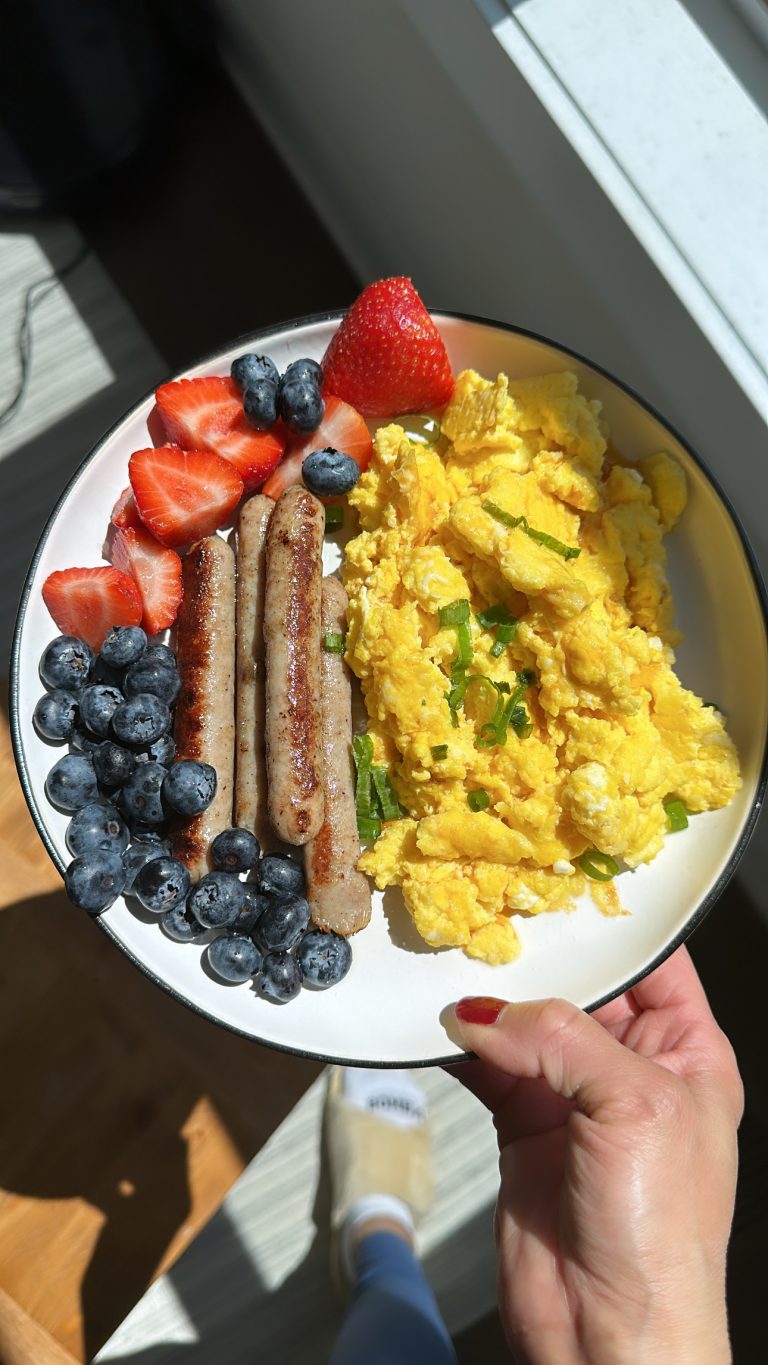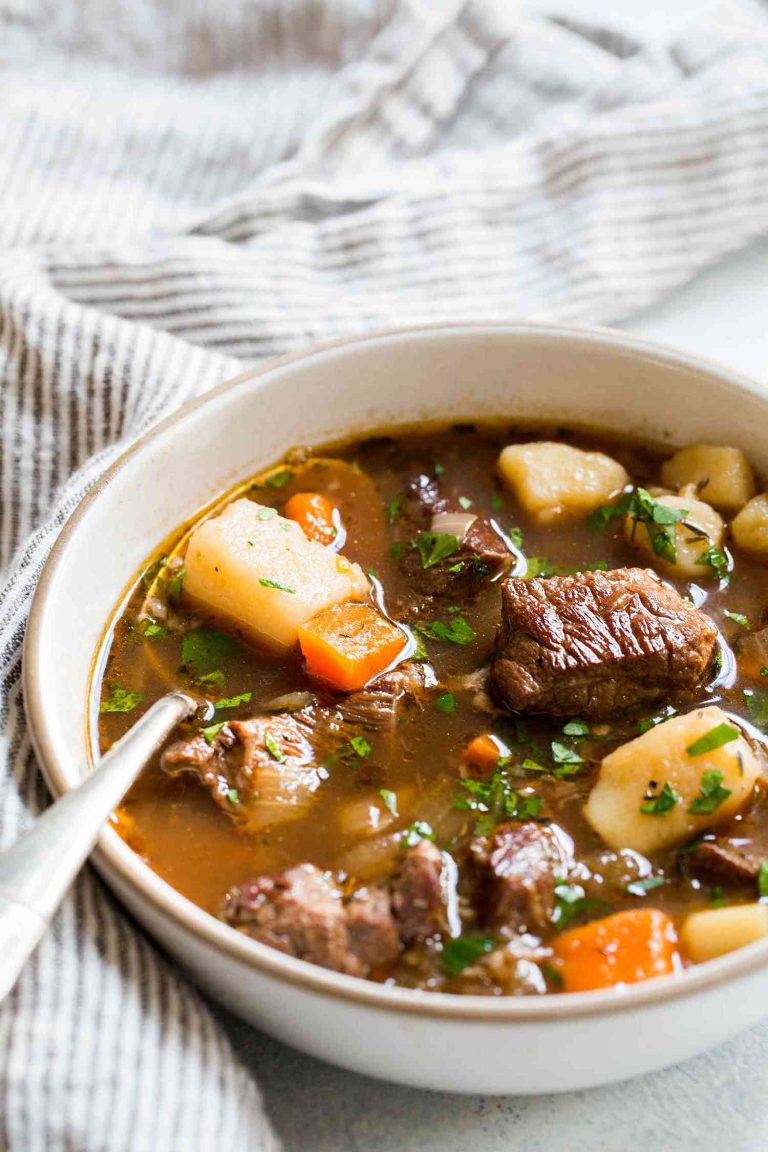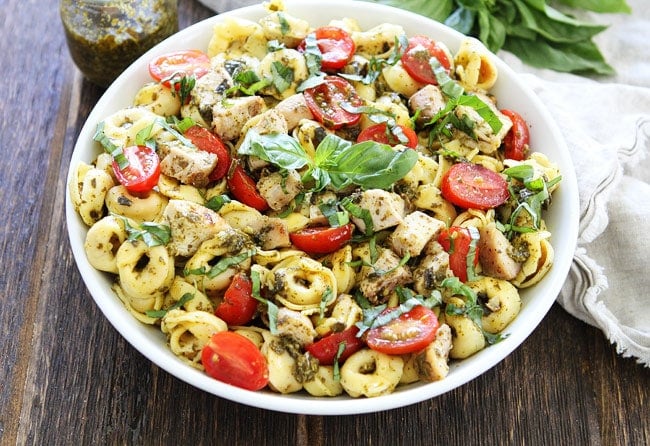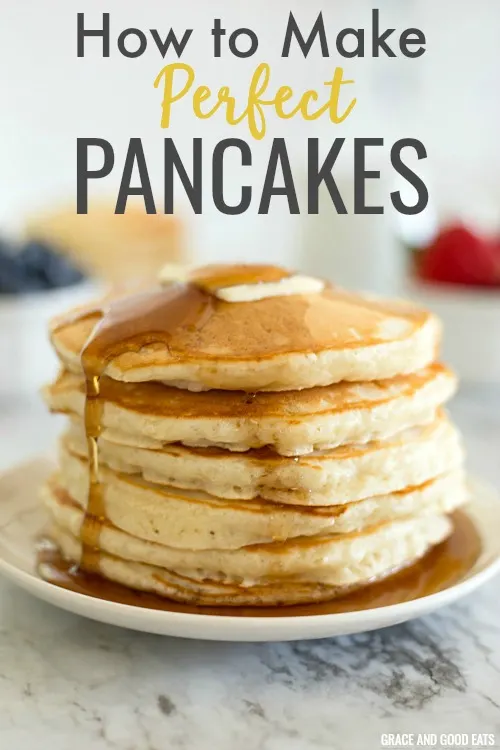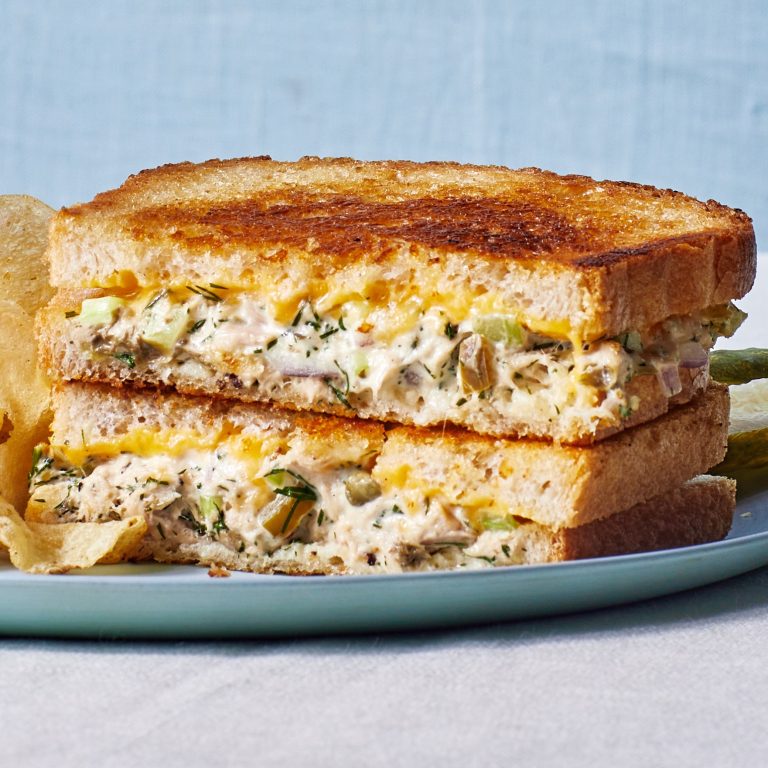Bacon Wrapped Duck Breasts: Recipe, Cooking Tips, and Wine Pairings
Bacon-wrapped duck breasts, a fusion of rich flavors, trace their origins to European culinary traditions. Duck, prevalent in French and Chinese gastronomy, combines well with bacon, a staple in many Western cuisines. Integrating these ingredients creates a dish that draws from rustic and sophisticated roots. This combination became popular in modern kitchens because chefs sought to meld hearty, comforting foods with gourmet techniques.
What Makes It Special?
Several factors make bacon-wrapped duck breasts a standout dish. The duck’s tender, juicy meat harmonizes with the crisp, smoky bacon, creating a contrast in textures and flavors.
- Flavor Profile: Duck provides a rich, gamey taste, while bacon adds a savory, smoky element. These flavors complement and enhance each other.
- Texture: The soft, succulent duck breast contrasts with the crispy bacon, offering a delightful mouthfeel in every bite.
- Versatility: You can serve this dish as an appetizer, main course, or part of a gourmet platter. It adapts to various sides and sauces, making it a versatile option for different occasions.
- Presentation: The visual appeal of golden-brown bacon wrapped around a perfectly cooked duck breast adds elegance to any meal. This presentation often impresses guests and elevates the dining experience.
These unique attributes make bacon-wrapped duck breasts special, blending culinary traditions with modern gastronomy for a memorable dish.
Key Ingredients and Substitutions
Types of Bacon Suitable for Wrapping
The type of bacon you choose significantly impacts the dish. Opt for streaky bacon, readily available in most stores, as its fat content keeps the duck moist. Applewood smoked bacon infuses a sweet, smoky flavor that pairs well with duck. Thick-cut bacon, offering a meatier bite, complements the rich duck meat while still providing the necessary fat content. For a unique twist, try using pancetta, an Italian cured meat that presents a different, yet equally savory, flavor.
Selecting the Best Duck Breasts
Quality is paramount when choosing duck breasts. Opt for fresh, high-quality ducks sourced from reputable suppliers for the best flavor and texture. Look for breasts with firm, unbruised flesh and a consistent color. Organic or free-range duck breasts often have superior taste due to the ducks’ diet and living conditions. If fresh duck breasts are unavailable, high-quality frozen ones can be a suitable substitution, just ensure they’re fully thawed and patted dry before use.
You can consider specific substitutions based on dietary needs or ingredient availability. Turkey bacon, lower in fat, can serve as a healthier alternative to regular bacon. For duck breasts, chicken thighs can provide a similar texture and flavor profile if duck is not available.
Step-by-Step Cooking Guide
Preparing and Marinating the Duck
Start by selecting high-quality duck breasts. Use a sharp knife to remove any excess fat. Lightly score the skin in a crosshatch pattern, taking care not to cut into the meat.
Prepare a marinade using citrus juice, soy sauce, honey, garlic, and fresh herbs like rosemary or thyme. Place the duck breasts in a resealable bag or shallow dish. Pour the marinade over the duck, ensuring it covers all surfaces. Marinate the duck in the refrigerator for at least 2 hours or overnight for deeper flavor penetration.
Wrapping the Duck in Bacon
After marinating, remove the duck breasts and pat them dry with paper towels. This helps the bacon adhere better.
Lay 2-3 strips of bacon (applewood-smoked or streaky) on a cutting board, slightly overlapping. Place a duck breast at one end and roll it tightly in the bacon. Use toothpicks to secure the bacon, preventing it from unraveling during cooking. Repeat for each duck breast.
Cooking Techniques and Tips
Preheat your oven to 375°F (190°C). Heat an oven-safe skillet over medium heat and add a small amount of oil.
Sear the bacon-wrapped duck breasts, skin side down, for 2-3 minutes until the bacon crisps up. Turn the breasts and sear the other side for another 2-3 minutes. Transfer the skillet to the preheated oven, and cook for 15-20 minutes or until the internal temperature reaches 135°F (57°C) for medium-rare doneness.
Let the duck rest for 5 minutes before slicing to retain juices. Serve immediately, optionally garnishing with fresh herbs or a sauce reduction based on wine or fruit preserves.
Serving Suggestions
Accompaniments and Side Dishes
When serving bacon-wrapped duck breasts, choose side dishes that complement their rich, savory flavors. Roasted vegetables, such as Brussels sprouts, carrots, and asparagus, add balance and texture. A creamy mashed potato or a parsnip purée provides a smooth contrast to the crisp bacon. For a fresh element, consider a mixed greens salad with a tangy vinaigrette.
Statements are supported by flavor profiles. Citrus or fruit-based sauces, such as orange or cranberry, enhance the duck’s natural sweetness. Whole grains like quinoa or wild rice offer a nutty counterpart to the succulent duck and bacon.
Wine Pairings with Bacon Wrapped Duck Breasts
Select wines that emphasize the duck’s and bacon’s flavors. Red wines like Pinot Noir or Zinfandel bring out the richness of the meat. A full-bodied white wine, such as Chardonnay, balances the dish’s savory notes with a hint of oak.
Include dessert wines cautiously if serving sweet accompaniments. A light Rosé or sparkling wine may suit lighter side dishes or brunch settings. Explore local wine options to find unique pairings.
Direct connections to the main dish’s complexity help you and guests appreciate your bacon-wrapped duck breasts fully.
Nutrition and Dietary Considerations
Caloric Content Analysis
Bacon-wrapped duck breasts offer a rich and indulgent culinary experience, but it’s essential to understand their nutritional profile. A single serving (approximately 6 ounces of duck breast and two slices of bacon) contains around 450 to 500 calories. Duck meat is high in protein, providing about 25 grams per serving, and it’s a good source of iron and B vitamins. However, the bacon adds saturated fats and sodium, contributing significantly to the total fat content, which is around 30 grams per serving. Keep portion sizes in mind, as moderation helps balance this rich dish with your daily nutritional needs.
Adapting the Dish for Different Diets
Various diets require adapting traditional recipes. For those following a low-carb or ketogenic diet, bacon-wrapped duck breasts fit well due to their high protein and fat content. If a lower-fat version is needed, try using turkey bacon, which contains lower levels of saturated fats but maintains the smoky flavor.
When catering to gluten-free diets, ensure that the bacon is free from gluten-containing additives. Additionally, you can serve the dish with gluten-free sides such as quinoa or roasted vegetables.
For a Paleo diet, bacon-wrapped duck breasts align closely with dietary restrictions as they focus on meat and naturally sourced fats. If you’re managing sodium intake, opt for low-sodium bacon or reduce the ratio of bacon to duck breast.
Addressing multiple dietary needs in one meal is challenging, but with these simple modifications, you can make bacon-wrapped duck breasts both delicious and diet-friendly.
Conclusion
Bacon-wrapped duck breasts bring together the best of both worlds—succulent duck and savory bacon. By following the detailed cooking guide and considering the suggested pairings, you can elevate this dish to gourmet levels. Remember to balance the rich flavors with appropriate sides and wine, and keep an eye on portion sizes to maintain a healthy diet. Whether you’re adapting the recipe for specific dietary needs or simply looking to impress at your next dinner party, this dish is sure to be a hit. Enjoy the blend of textures and flavors that make bacon-wrapped duck breasts a culinary delight.

